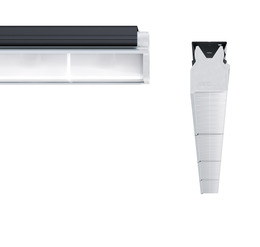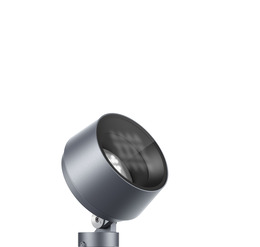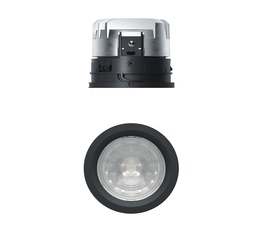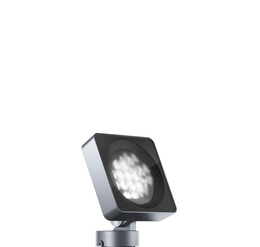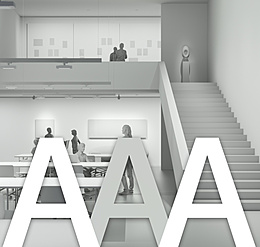Close to the Colosseum, the Domus Aurea has been called the most extravagant construction in the history of Rome. Built by the Emperor Nero in 64AD after the Great Fire of Rome, the palace was part of his grand plan to transform the capital into a new city. Uncompleted, the ancient structures remain buried underground as they have for centuries. However, following the latest restoration project, a new entrance kiosk and pedestrian walkway by Stefano Boeri Architetti will now allow unprecedented access to its subterranean rooms, each illuminated by ERCO with specially tailored solutions.











